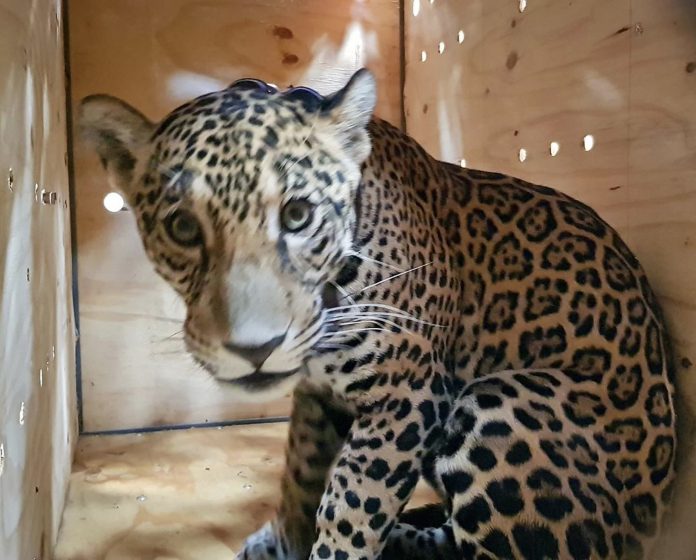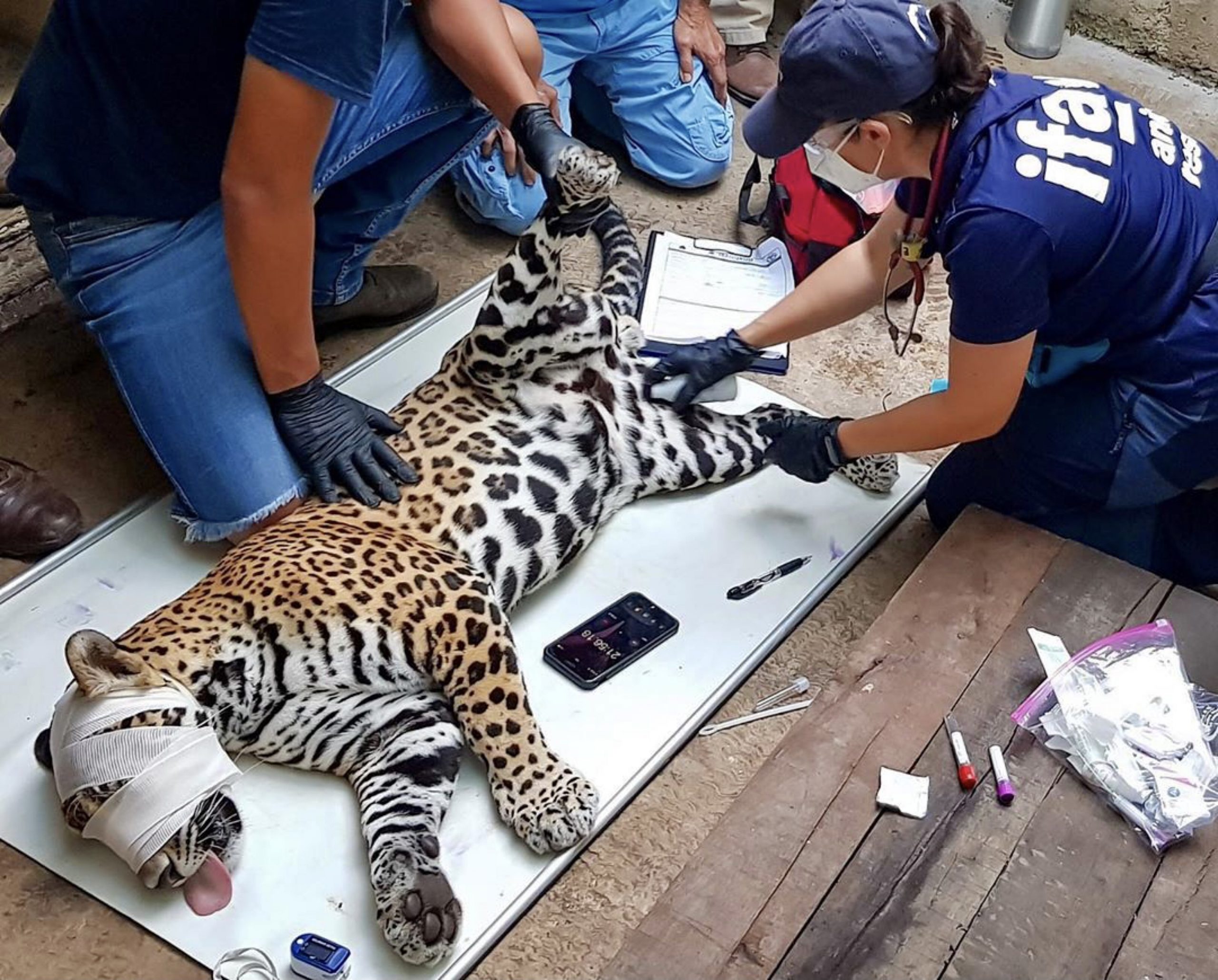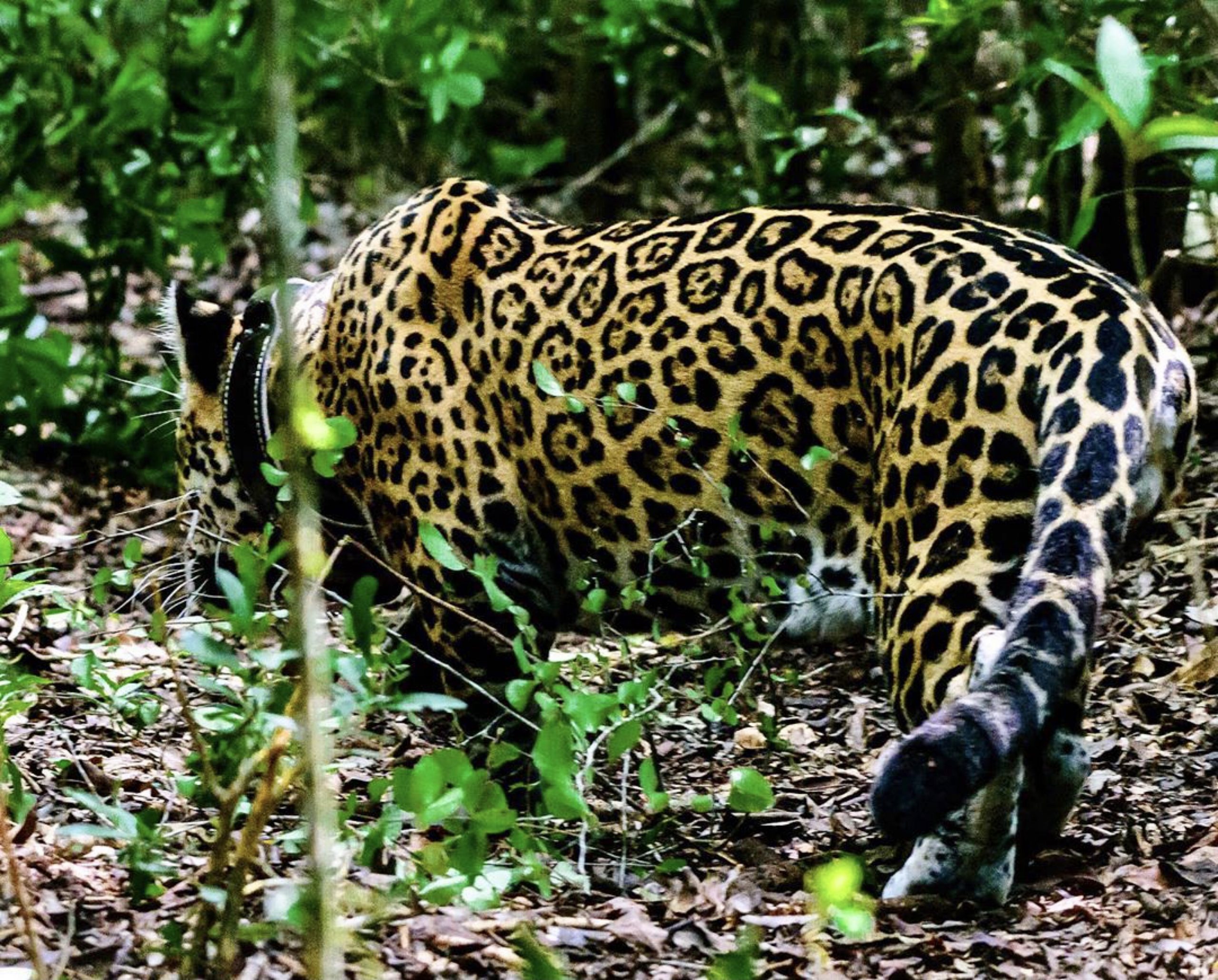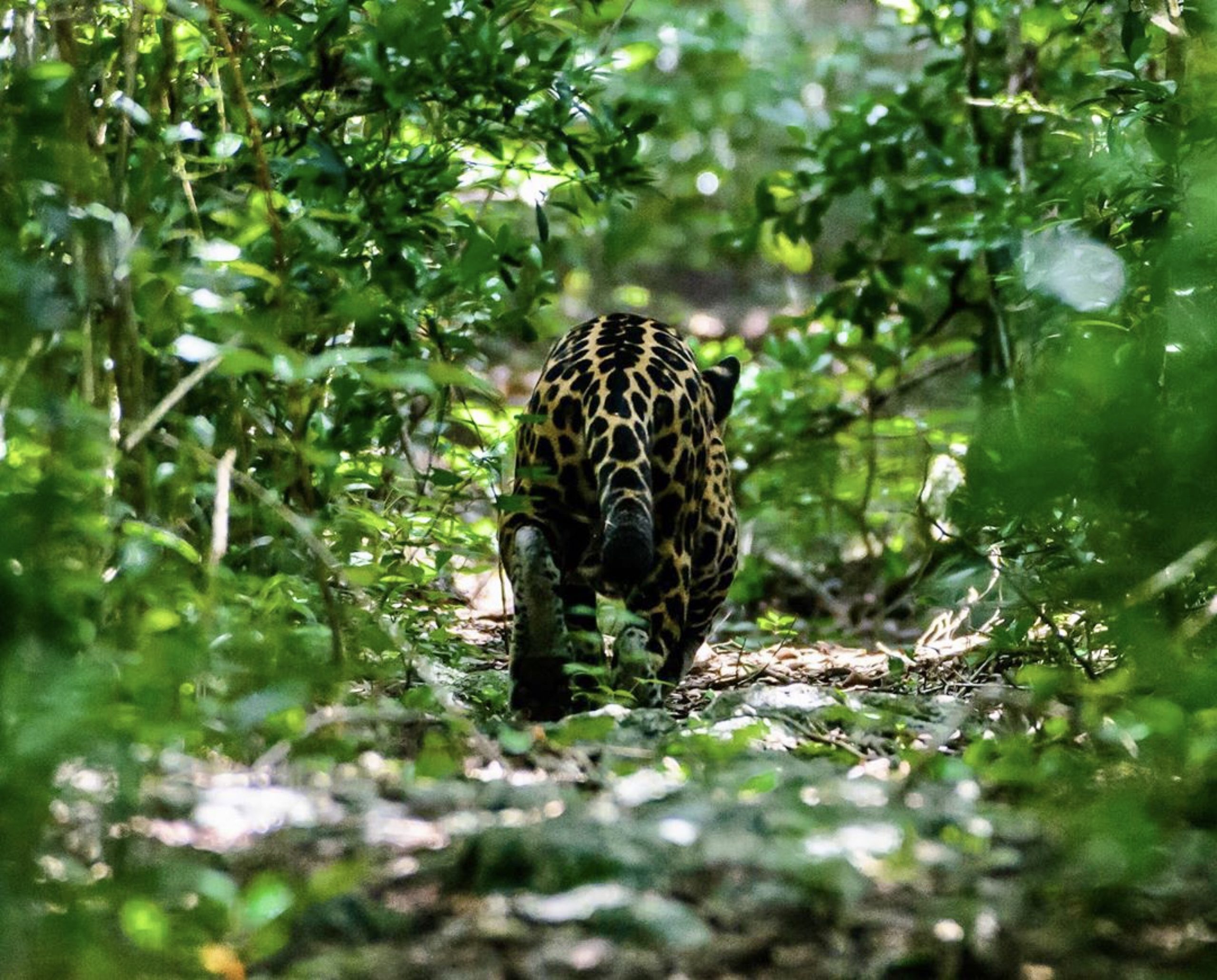
IFAW Along With Local Partners Release Rescued Jaguar Back Into The Wild After Being Hit By A Car In Mexico
You can help all animals and our planet by choosing compassion on your plate and in your glass. #GoVeg
RELATED ARTICLES
Pressure Mounts For Arizona To Ban Dog Pack Hunting Of Mountain Lions, Bears & Other Critical Species
Conservation groups have submitted a petition to the Arizona Game and Fish Commission urging a ban on the use of dog packs for hunting...
Help Save Millions Of Lives This Holiday By Choosing Compassion On Your Plate; Adopt A Turkey Today!
As Thanksgiving approaches, we hope you enjoy a warm and safe holiday. We encourage you to make a compassionate choice by leaving animals off...
Giraffes Are One Step Closer To Receiving Vital Endangered Species Act Protections
In response to a petition and subsequent lawsuit by conservation and animal protection organizations, the U.S. Fish and Wildlife Service (USFWS) has proposed listing...
Popular stories
International News
Conserv Congo Rescues Orphaned Baby Bonobo After Hunter Finds Her Alone In The Jungle
Photos By: Conserv Congo
On Sunday, Conserv Congo's ground investigator received word regarding a baby bonobo being held somewhere in the village of Lifanga in...
Policy
Breaking! Biden Announces U.S. Will Rejoin The Paris Climate Agreement & Also Enact Protections For Gray Wolves
As President Joe Biden took office yesterday, his administration announced a series of steps aimed at combating the climate crisis and protecting wildlife from...
News
The North Atlantic Right Whale Is Now Ranked As Critically Endangered On The Updated IUCN Red List Of Threatened Species
The North Atlantic Right Whale has been moved from Endangered to Critically Endangered on the recently updated IUCN Red List of Threatened Species.
Sadly, the...





